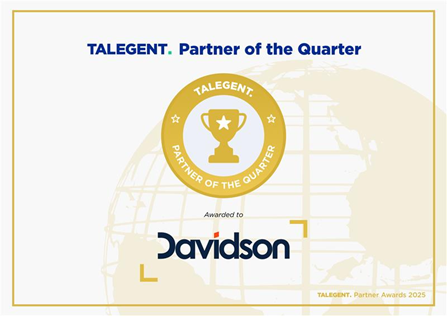Overcoming barriers to realise the importance of shared services in managing cost
As companies continue to invest in digital solutions, build new capabilities and enter new markets, they need a service delivery model that can provide timely and localised support to the business while simultaneously controlling costs

As discussed at the recent 2022 Australian Local Government CEO Index Virtual Forum, presented by Davidson Xchange, the shared services model has many advantages over centralised services.
Davidson’s Managing Partner of Search and Advisory, Clare McCartin, facilitated the virtual forum which saw metropolitan and regional CEOs discuss the benefits and challenges of shared services.
Kelly Grigsby, City of Hobart CEO, believes shared services can deliver many cost benefits.
“I think there's an opportunity to really look at the ways that we work, what are things that we can actually provide in terms of service offerings that are best delivered either regionally or through a shared service model,” she said.
“There are certainly some great examples, one is the Cradle Coast Authority in Tasmania. There are a range of those sorts of models across the country. I think we need a really deliberate approach to shared services though, and I think when there’s local government reform on the go, like there is in Tasmania now. I think it would be terrific to see that enshrined sort of as an outcome of the review.
“There's actually a requirement that compels local government to look at how we run shared services in a really meaningful way.
“That, obviously, is needing to be driven from a leadership perspective. I think that can come from the sector, but you also need to have the right governance models in place to really drive that service planning and thinking and determine where shared services are best suited to really deliver some of those core services of council.”
Tony Harrison, City of Marion CEO, said there were three major South Australian local government councils that had adopted the shared services model.
“There are three chief executives that meet on a monthly basis, and we have a number of significant shared resources in the sense we employ a single senior manager person, a procurement manager, fleet manager, facilities, and so forth.
“One of the local governments employs them, the others cost share with us, and we have a single global perspective over three large councils for the provision of services.
“What it has done is identify what are the better practices across one, two, or three of the organisations. We've even expanded that and brought in external consultants to have unfettered access to all our data, our finances, and our systems of operation to compare how we're performing against each other, and to give recommendations we can adopt across the three local government councils for better practice, best practice.”
And while Mr Harrison is a big supporter of shared services, he said one of the major issues was leaders being “too inward looking”.
“We have 68 councils across regional and metropolitan South Australia, some large, some extremely small, and we are duplicating the same provision of services 68 times over. It just doesn't make sense,” he said.
“You've got to be prepared to let some things go in a shared services model, which you may not necessarily agree with, for that greater good proposition.”
Mr Harrison said he believed the pandemic had improved the willingness to work together. “We've seen the benefits from it within government. I would hate to think we go back to our old practices in 12 months' time. I just think it would be to a detriment to the services that we provide to our consumers, our ratepayers, the people that live, work, visit, and play in our respective areas,” he said.
“We have to find a way to capitalise from the momentum that has been built and not go back to old ways of doing business.”
To download a copy of the 2022 Local Government CEO Index, click here.
Share this content





